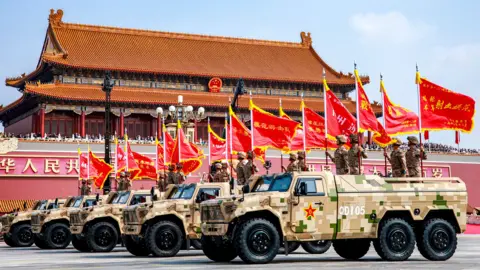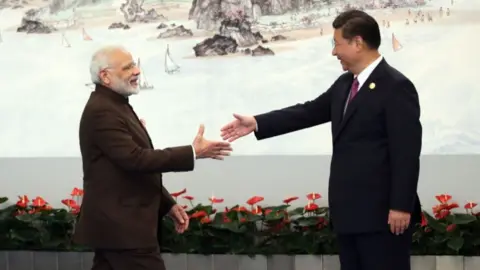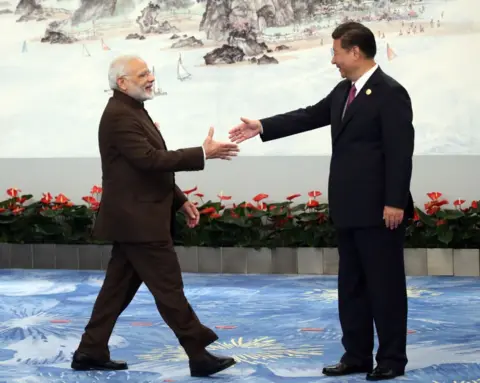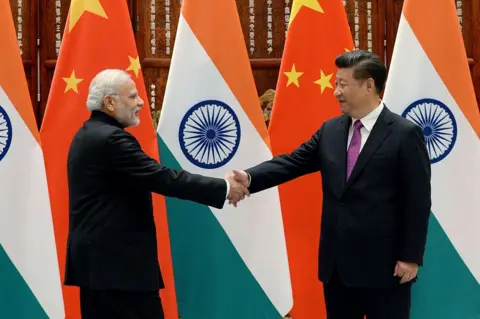A British F-35B fighter jet, stranded at Thiruvananthapuram International Airport in southern India for more than a month, has finally taken off for its home in the United Kingdom. The aircraft had been grounded due to mechanical issues following a flight in mid-June that was diverted to the airport due to inclement weather.
Engineers from the UK battled to resolve the jet's mechanical problems, with efforts intensifying in early July when an engineering team was dispatched to conduct repairs. The crucial work involved fixing the aircraft's hydraulic and auxiliary power systems, which took weeks of dedicated effort from a 14-member crew. The advanced fighter jet, valued at over $100 million, was bound for Darwin, Australia, as confirmed by a source from the Kerala airport, who requested anonymity.
During its stay, the British fighter jet was under strict security to safeguard its sophisticated technology. The airport hangar where the jet was housed remained off-limits to staff, emphasizing the aircraft's sensitive nature. Despite its grounded status, the jet attracted considerable attention from locals, including the region’s tourism department, and led to a wave of social media engagement and lighthearted memes.
As word of the jet's planned departure spread, a chorus of playful messages appeared online, including “Bye, bro,” and “Please don’t go. We loved you standing at the airport. Feelings had developed,” showcasing the fondness locals had developed for the unexpected visitor. Jonathan Wolfe contributed additional reporting for this article, highlighting a unique intersection of international military presence and local community sentiment.






















